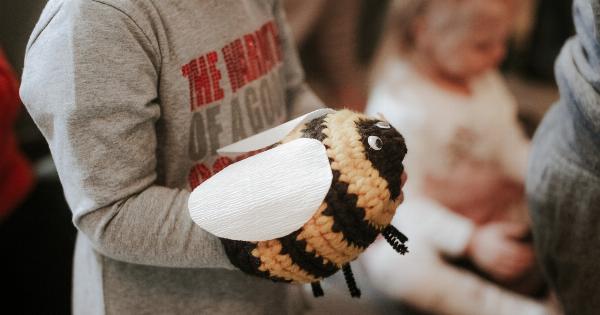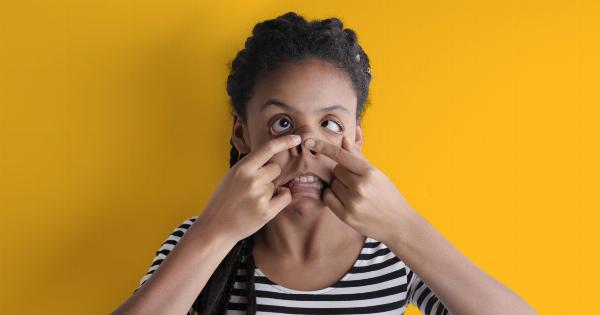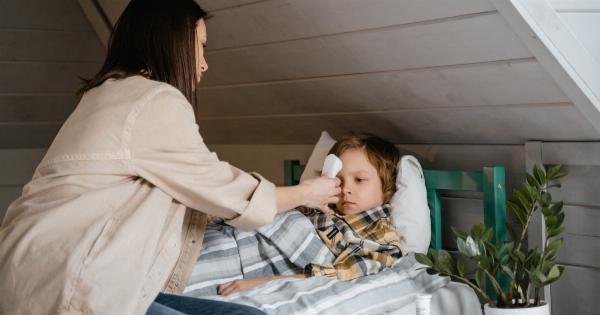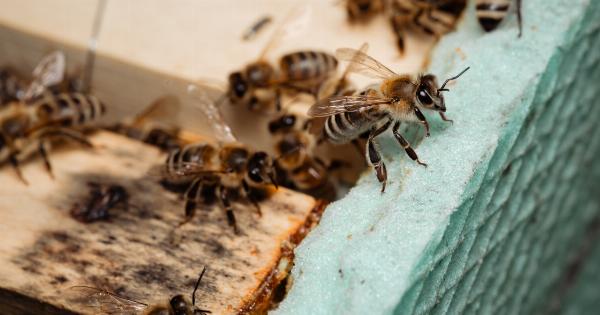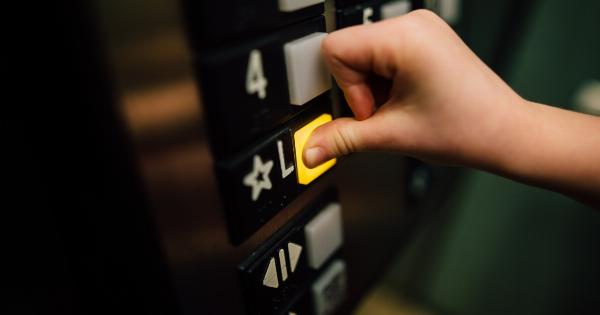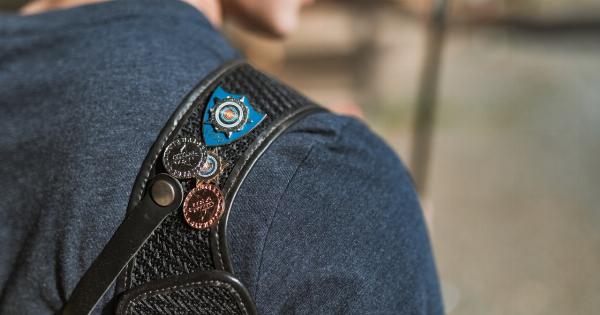It was a bright and sunny day, and my family and I were enjoying a lovely afternoon outdoors in our backyard. My kids were running around, playing catch and laughing, when suddenly I heard my youngest, who is five years old, start screaming in agony.
Rushing over, I saw her crying and holding her arm where I could see a bee had pinched her. It was a small red spot, but I could see the swelling starting to set in. The anger inside me was starting to rise.
Bee Pinches – What to Do?
Every parent has to deal with bee pinches at some point. They can be painful and scary, especially for young children. Fortunately, most bee stings are nothing more than a minor inconvenience and can be treated quickly and easily at home.
Here are some steps to take if your child gets pinched by a bee:.
1. Remove the Stinger
The first step is to remove the stinger. This will help reduce the amount of venom that enters your child’s body. You can do this by gently scraping it out with a fingernail or a credit card.
Make sure not to squeeze the stinger, as this can force more venom into the wound.
2. Wash the Area
After removing the stinger, clean the area with soap and water to help prevent infection. Use a gentle soap and warm water to wash the area. Avoid using alcohol or hydrogen peroxide, as they can irritate the skin and delay healing.
3. Apply Ice
Apply an ice pack or a cold compress to the area to help reduce swelling and pain. Wrap the ice pack in a towel or cloth to protect your child’s skin. You can apply the ice pack for 10 minutes at a time, several times a day.
4. Give Pain Relief
You can give your child acetaminophen or ibuprofen to help relieve pain and reduce swelling. Be sure to read the label carefully and follow the recommended dosage for your child’s age and weight.
5. Monitor for Signs of an Allergic Reaction
Most bee stings are mild and will only cause localized pain and swelling. However, some children may have a severe allergic reaction called anaphylaxis. Symptoms of anaphylaxis can include difficulty breathing, swelling of the face or tongue, and hives.
If your child shows any of these symptoms, seek medical attention immediately.
Bee Pinches – The Angry Reaction
Although bee stings are common, they can still be a source of anger for parents. It can be frustrating to see your child in pain, and the sight of a bee can trigger feelings of anxiety and fear.
However, it’s important to remember that bees are not usually aggressive and will only sting if they feel threatened.
If you find yourself feeling angry or overwhelmed after a bee sting, take a moment to pause and breathe. Remind yourself that your child is okay, and that the sting is not your fault. Use positive self-talk to help calm your thoughts and emotions.
You may also want to talk to your child about bees and how to avoid getting stung in the future. Teach them to stay calm and still if a bee is buzzing around them, and to slowly walk away if the bee becomes agitated.
The Bottom Line
Bee stings are a common occurrence in childhood, but they can still be a source of anger and frustration for parents. By following the steps above, you can help your child recover from a bee sting quickly and easily.
Remember to stay calm and focused, and to seek medical attention if your child shows signs of a severe allergic reaction. With a little patience and care, your child will be back to playing and laughing in no time.

